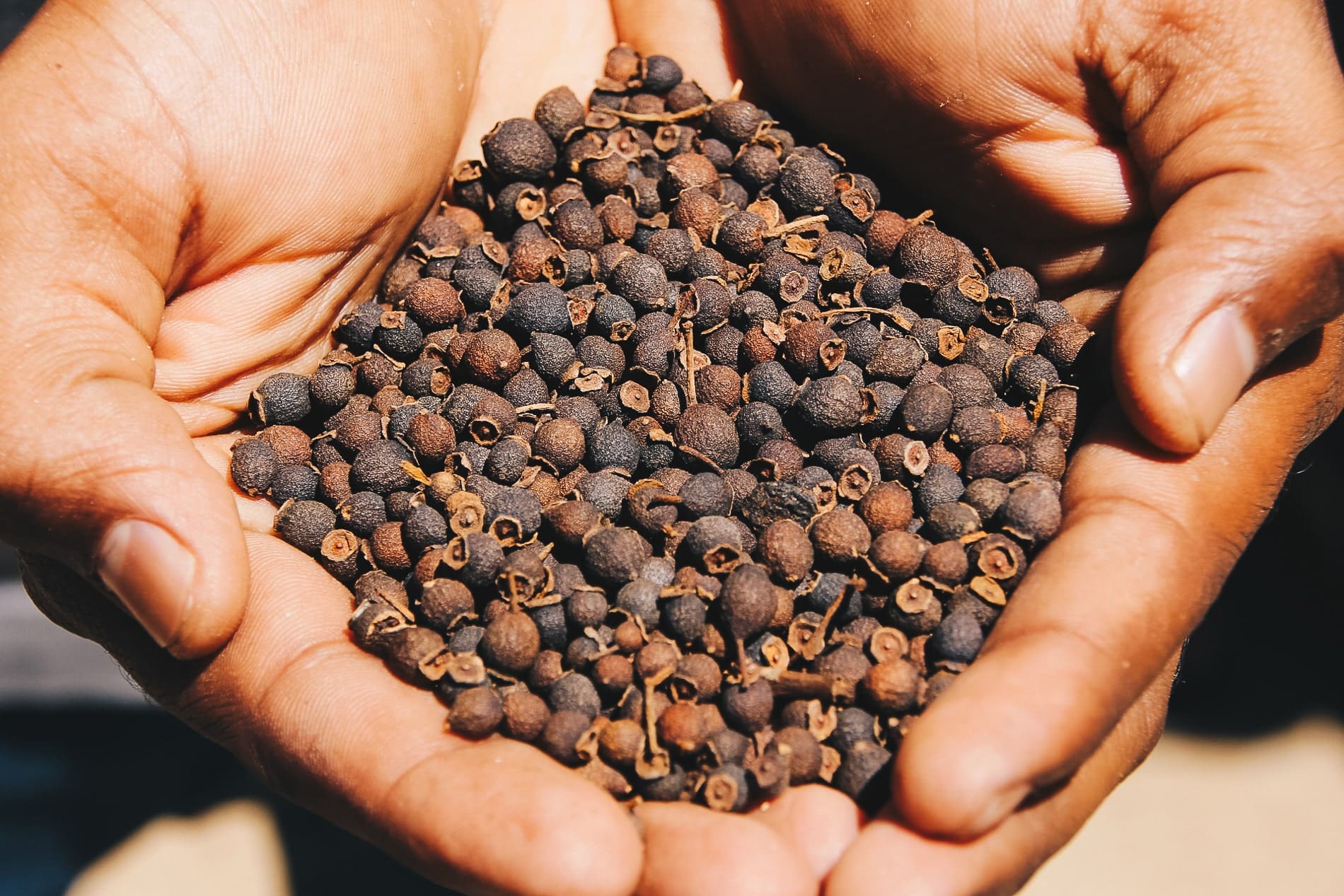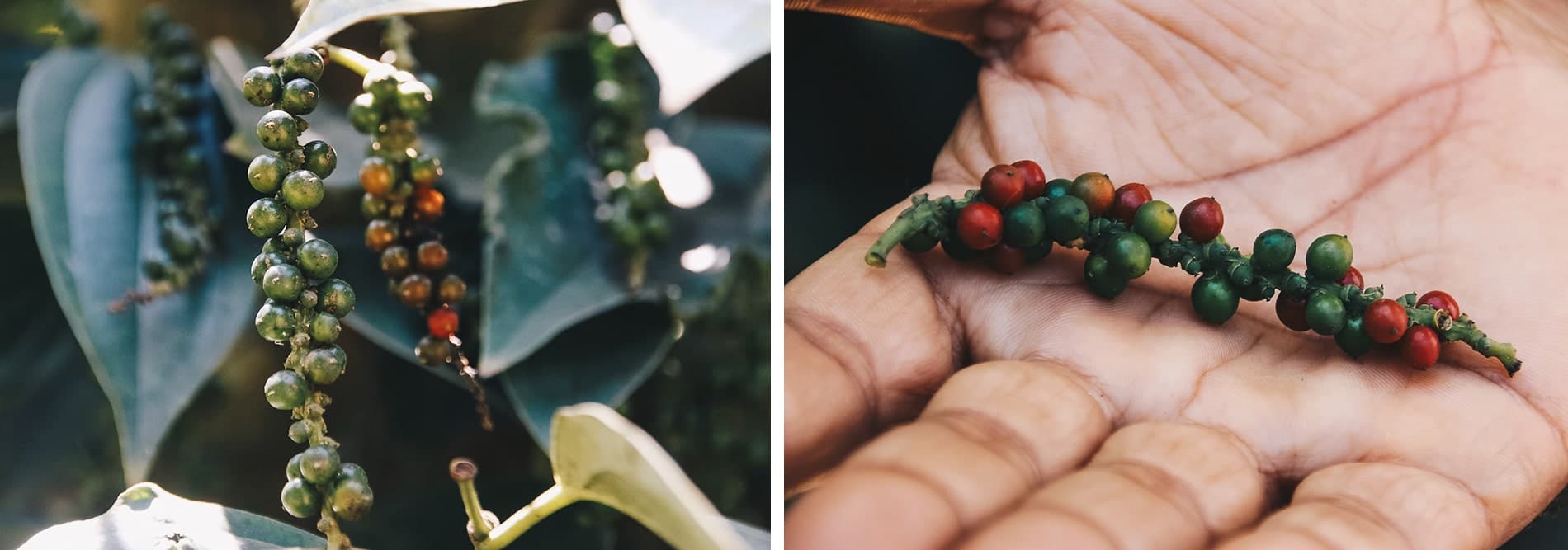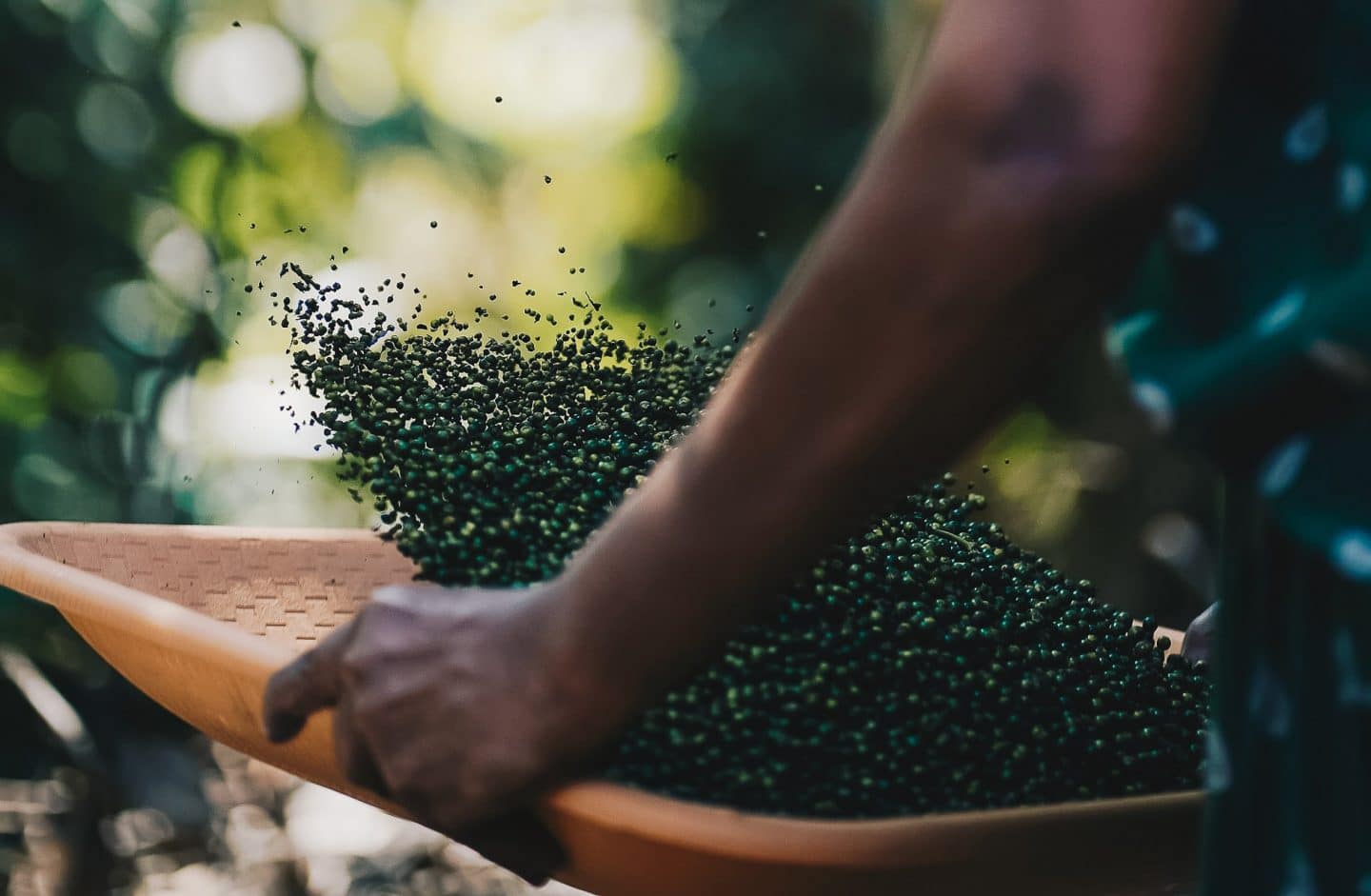
Indian cuisine uses almost all the spices listed below in its dishes. Take advantage of a short break in Periyar to visit these plantations and, of course, bring some back in your luggage.
The India route and the spice race brought many settlers to India. It has even led to the discovery of new territories in the ever-increasing race for spices. Coming to South India, and Kerala to be precise, means discovering its various plantations: from cardamom to nutmeg to ginger, here’s an overview of these culinary riches. I cook a lot with spices, but we discovered the use of spices such as cardamom and cloves during our two cooking classes over the 15 days, as well as during our visit to the Periyar spice farm.
I invite you to read all our other articles on Kerala to help you prepare for your trip:
- 15-day itinerary in South India
- How to soothe your body with ayurveda
- Our tasty and spicy Indian recipes
- The practical guide to planning your trip
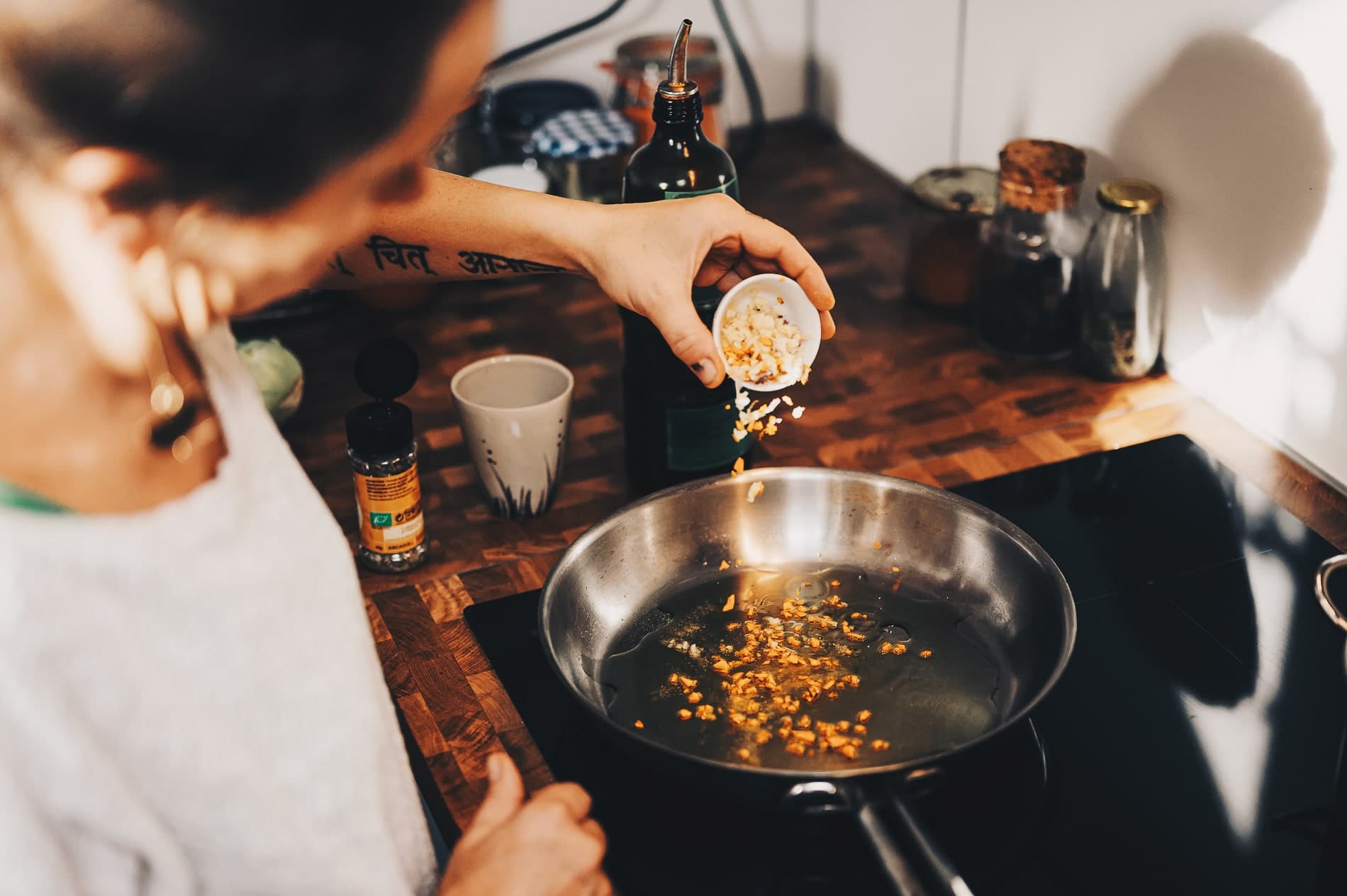
TABLE OF CONTENTS :
| THE CARDAMOME
Let’s start with the one we call the queen of spices. It is widely used in India, and can be found in almost every dish, in tea and coffee alike. Kerala produces 30% of the world’s spices, and is the third most expensive spice in the world after saffron and vanilla.
To find it, don’t look high up, but at the foot of the tree. Thecardamom is a small green pod filled with seeds and is harvested carefully and meticulously every 4 weeks or so. It has the following virtues:
- Good for the heart, as it thins the blood and lowers cholesterol levels.
- Acts against obesity when drunk with green tea
- Increase memory.
Indians drink it, in moderation, every day, and we love it!
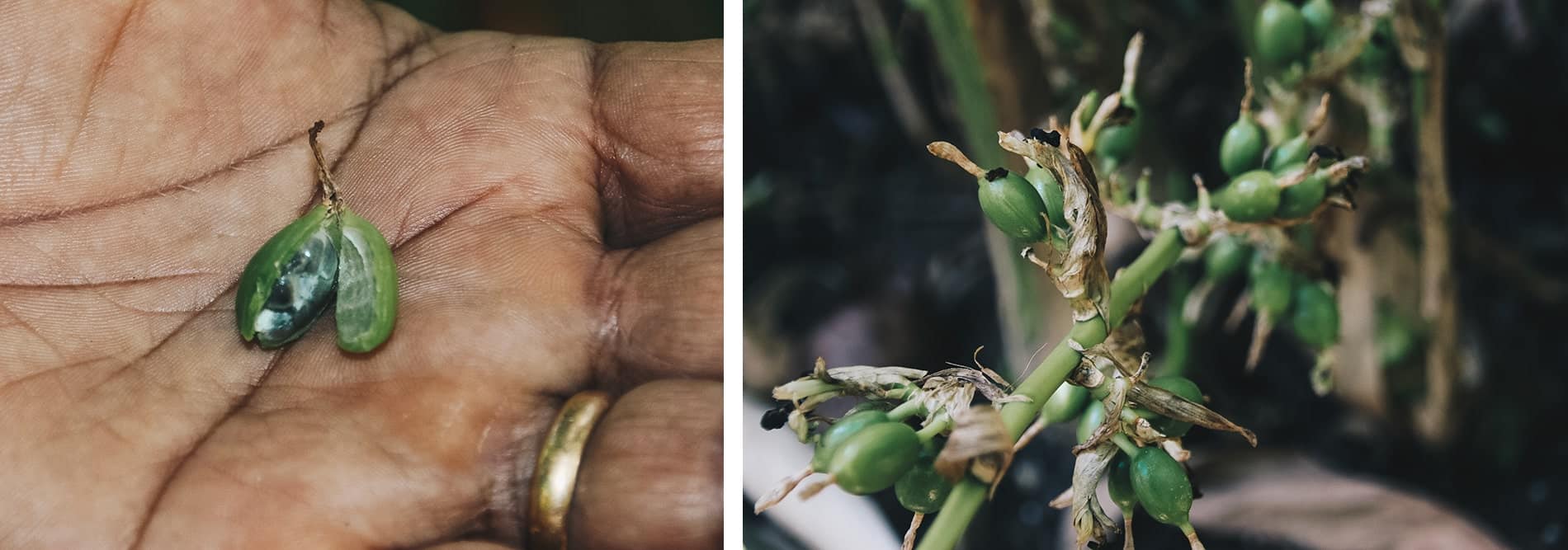
| CURCUMA
Turmeric is a root. It grows in the ground and looks like ginger from the outside. It is said to have various virtues: to be an aphrodisiac, to fight acne by smearing on the face, to protect from the sun and to nourish the skin. Once harvested, the root is dried and ground into the powder we eat.
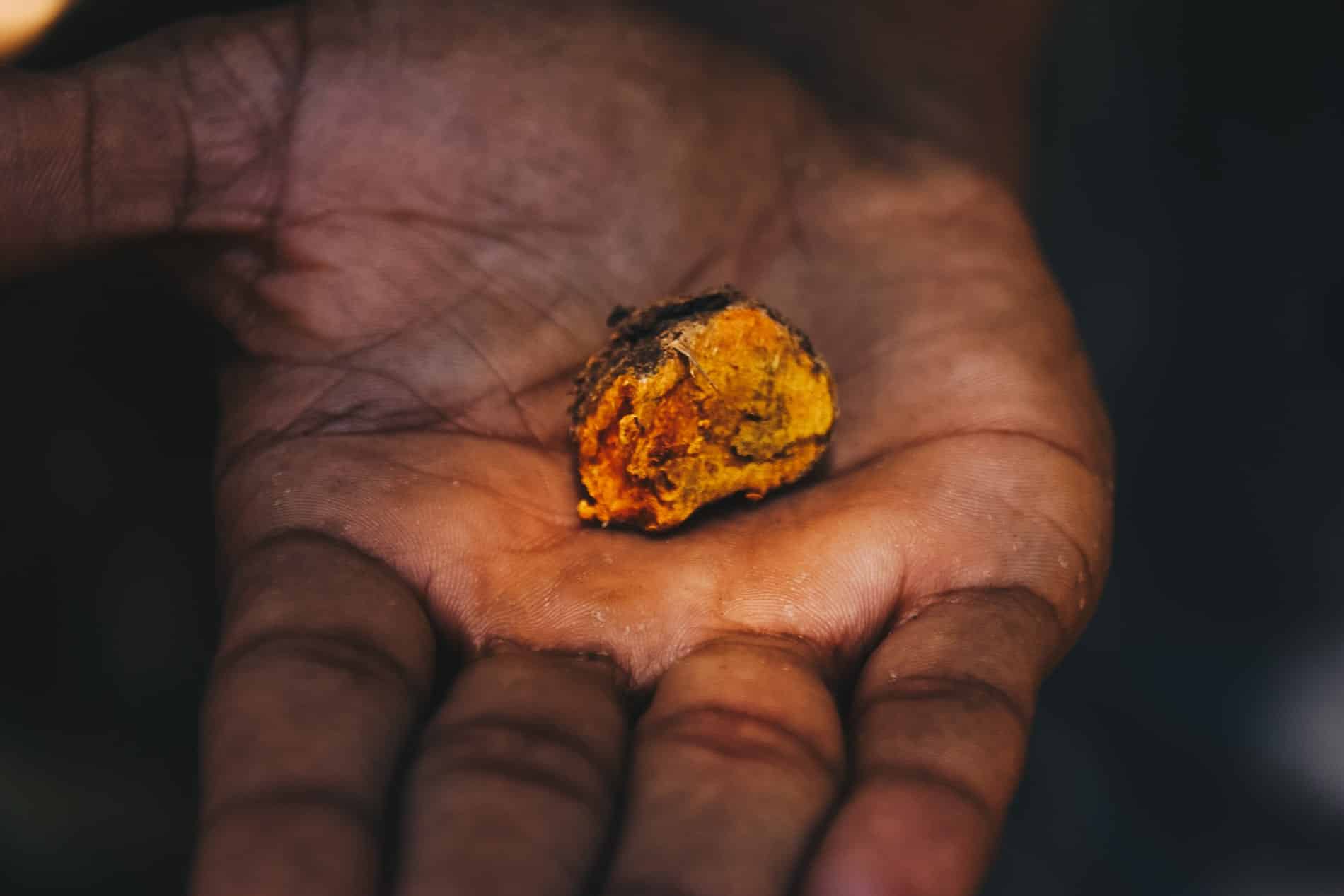
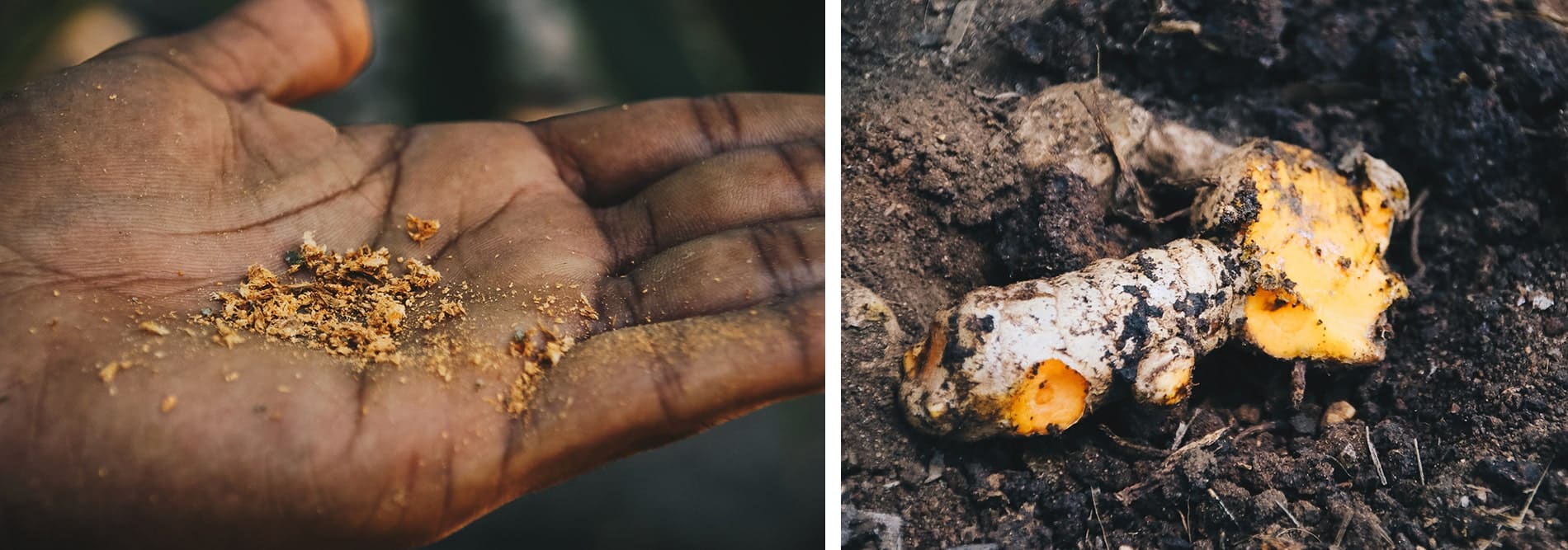
| THE GINGER
Ginger is also a root and has many virtues beyond its most well-known one, which is to be an aphrodisiac. Consumed as a beverage (tea, Lassi, iced tea, candy), it helps combat sore throats. Combined with garlic and onions, it’s an excellent antioxidant. In fact, this combination is a staple of almost every dish in Southern cuisine.
| THE CANNELLE
Cinnamon is neither a flower nor a root, it’s simply tree bark. The cinnamon tree! TheSri Lanka, India’s neighbor, is the main producer of cinnamon, followed by Kerala. The tree is sheared with a knife every 3 years, which also allows it to grow better. In our country, it is eaten in powder form, mainly with sweet dishes, but it can also be combined with savory dishes and tea. It has an enchanting, woody, sweet flavor. One of the best antioxidants, it helps protect against cardiovascular disease, certain cancers and age-related illnesses. It is also a natural tonic and aids digestion.
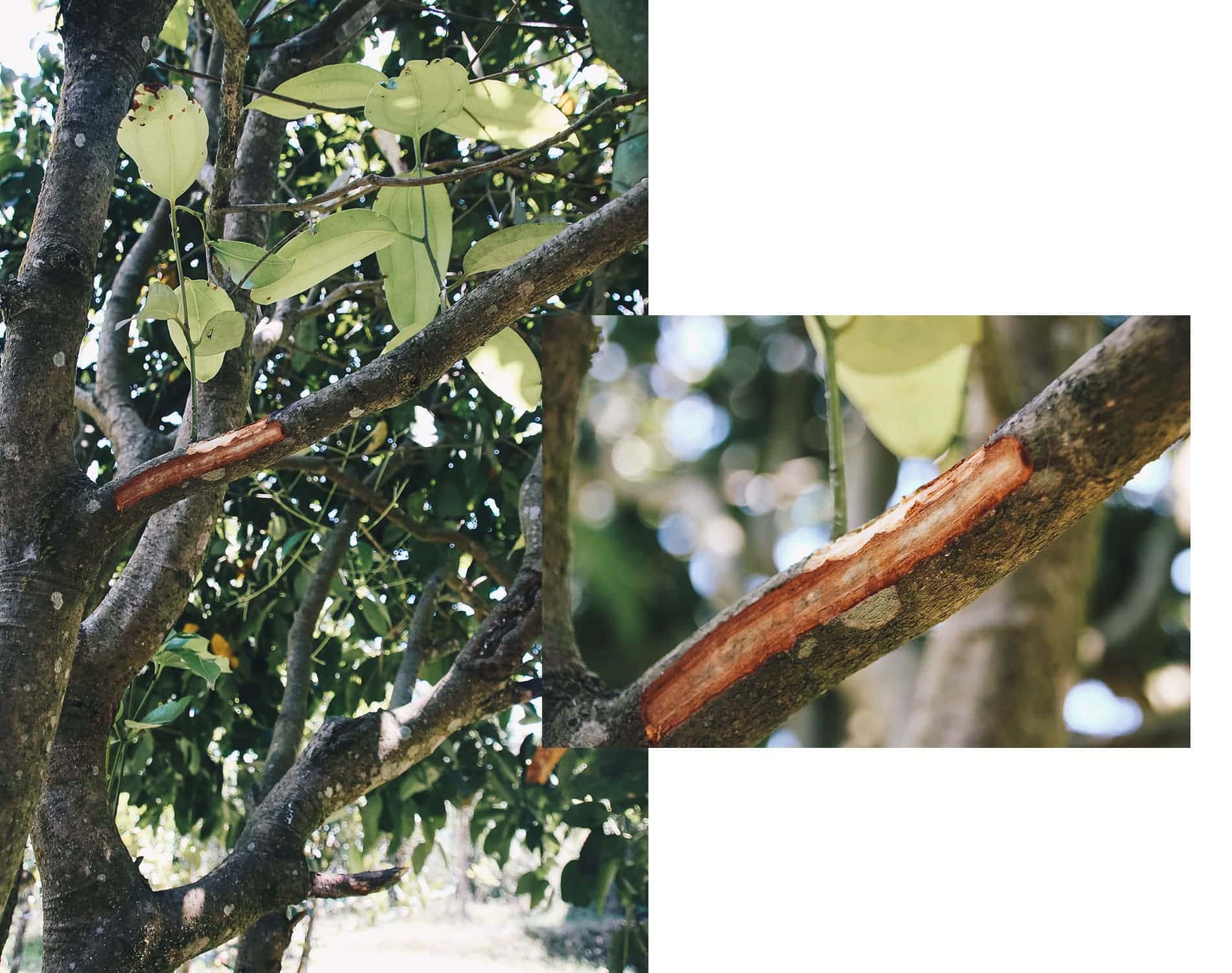
| NUTMEG
It comes from the nutmeg tree, and the grated nut we eat is inside a nut-like pod. It’s surrounded by a flower, used in Indian cuisine as a marinade to flavour chicken. Nutmeg has the virtue of promoting good digestion and is harvested in the last week of March in India.
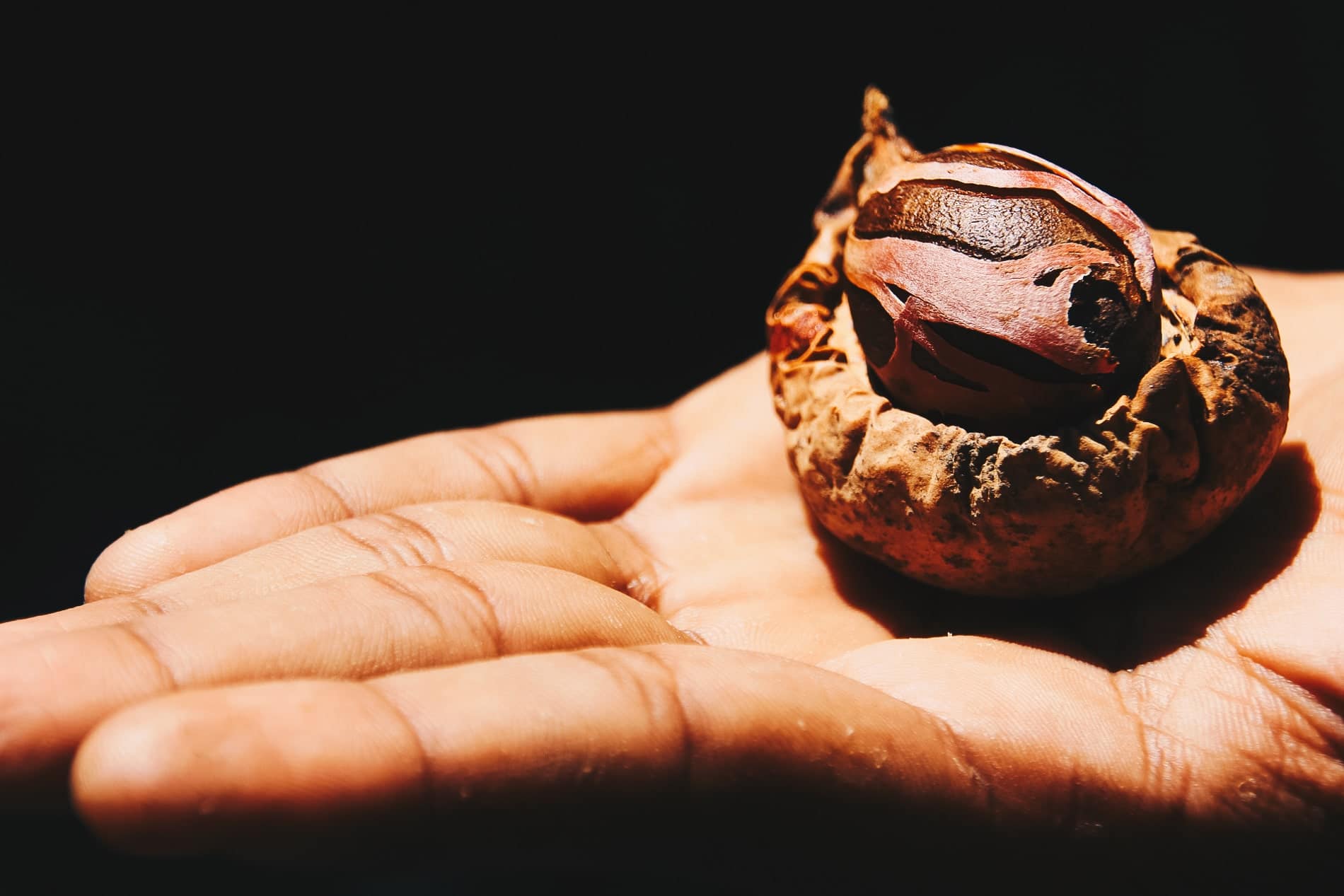
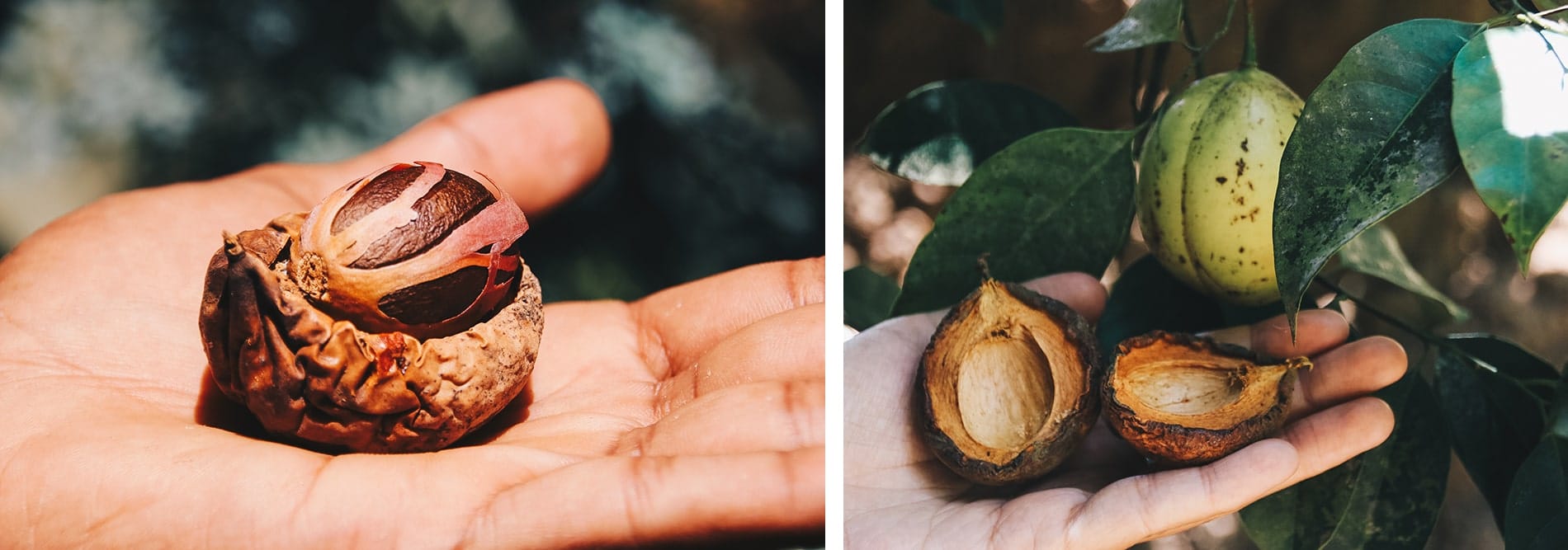
| PEPPER
Pepper is called the king of spices and grows as if on a vine leaning against another tree. You could compare it to ivy.
The same pepper plant produces green, black, white and even pink pepper. Maturation makes all the difference. The green is harvested in November, the black in January and is sun-dried for 2 weeks. The white is obtained by harvesting the slightly yellowed pepper and boiling it. It is then rubbed to remove the husk and obtain white pepper. Pink at last, is made from red pepper harvested in March. It turns pink after a process more or less equivalent to white pepper, and develops more aromas.
There are 3 internationally renowned peppers, namely Malabar peppers, Sichuan and Cambodia. The name of these peppers comes from the region in which they are grown, but the original variety is Malabar (southwestern tip of India), which was later imported into China and Cambodia. Their tastes therefore differ according to their terroir.
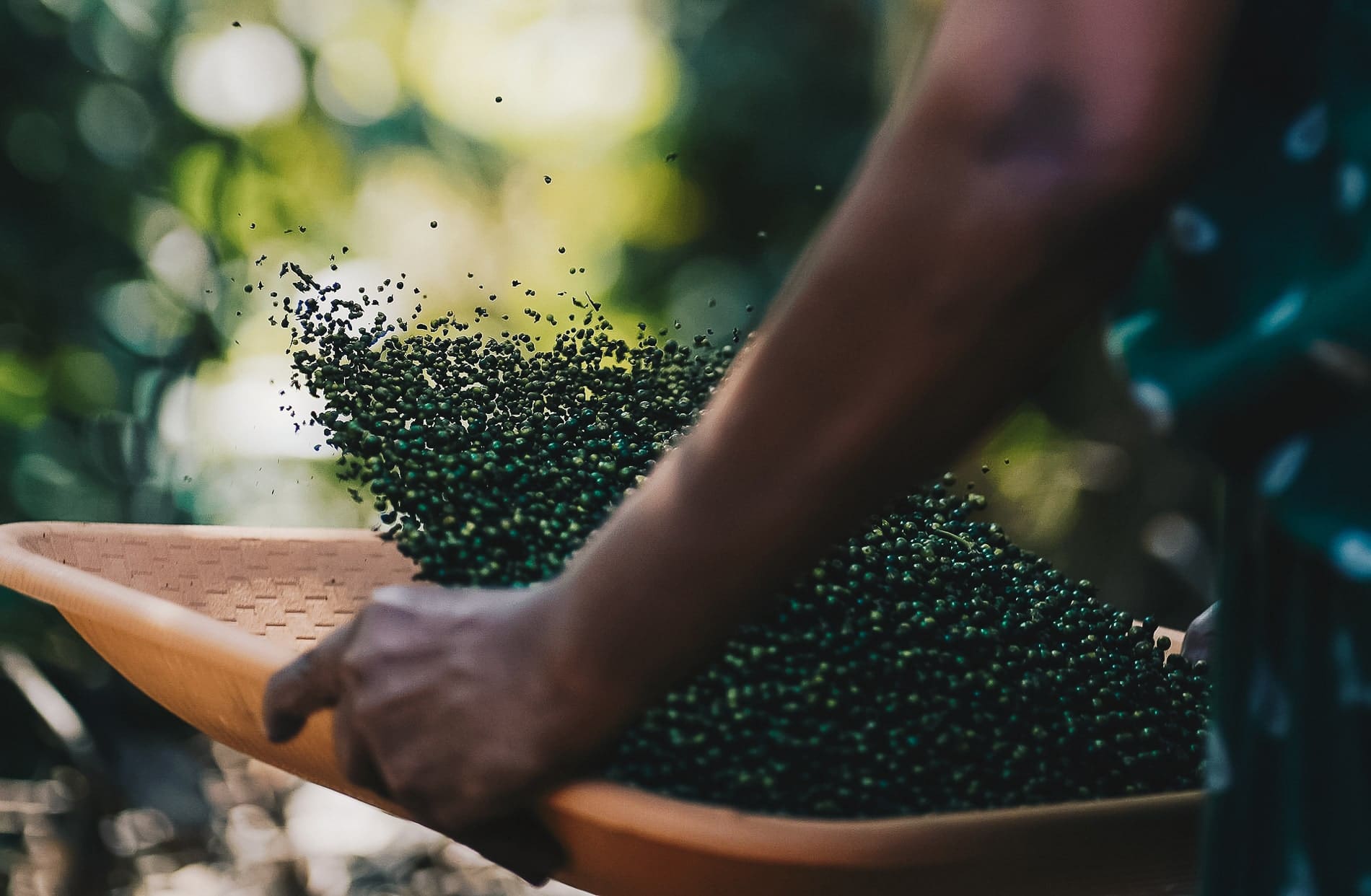
| 5-SPICE LEAF (OR MASALA LEAF)
The 5-spice leaf is a tree leaf which is then transformed into a powder. It is used in the preparation of masala and owes its name to the fact that its taste resembles the combination of spices used in masala.
| CLOVE
Cloves simply come from a tree. Cloves are an indispensable spice in Indian cuisine not only for the aromas it imparts to a dish, but also for its medicinal qualities. These buttons have antiseptic and anesthetic properties. It is put in the mouth to soothe toothache and coughs.
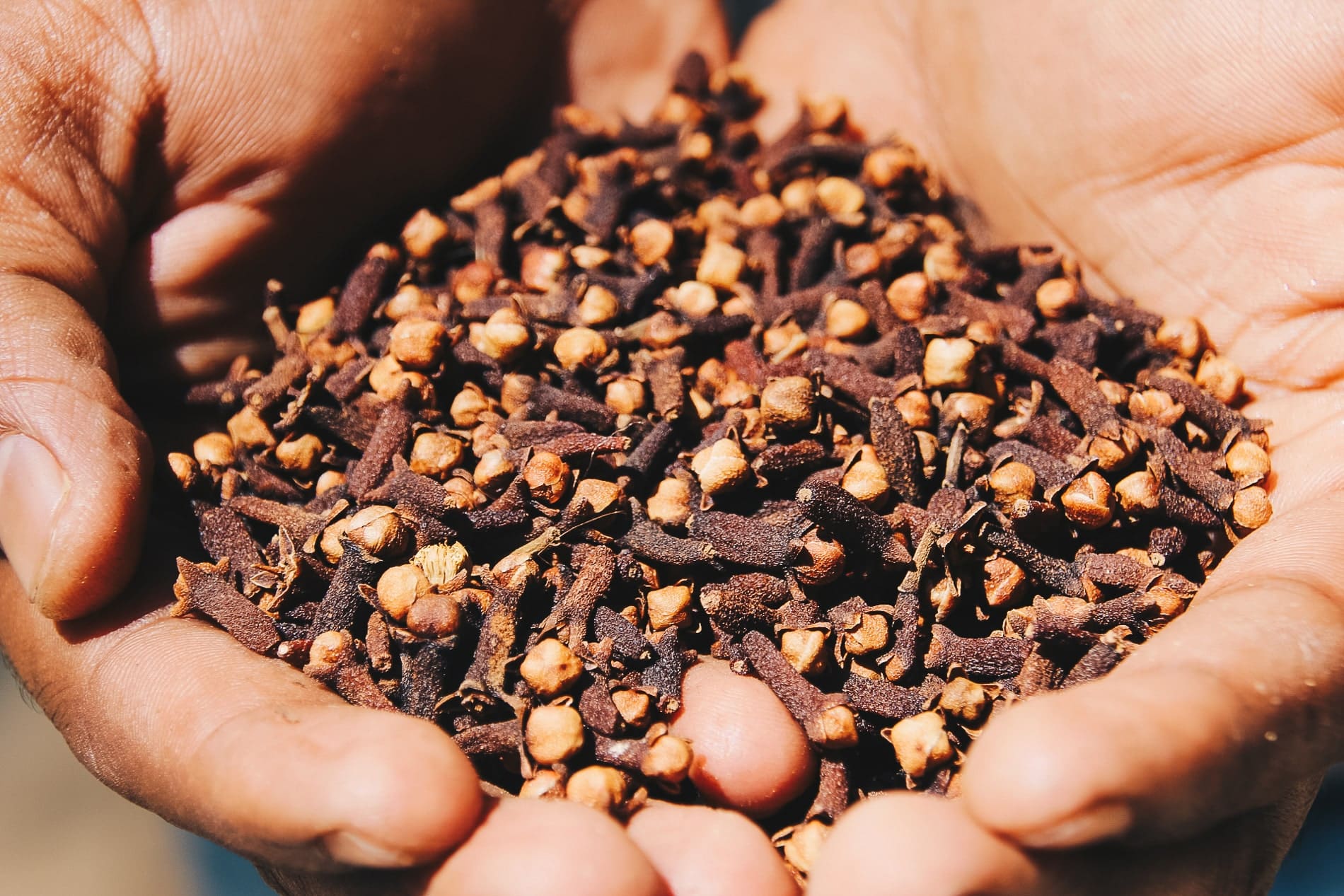
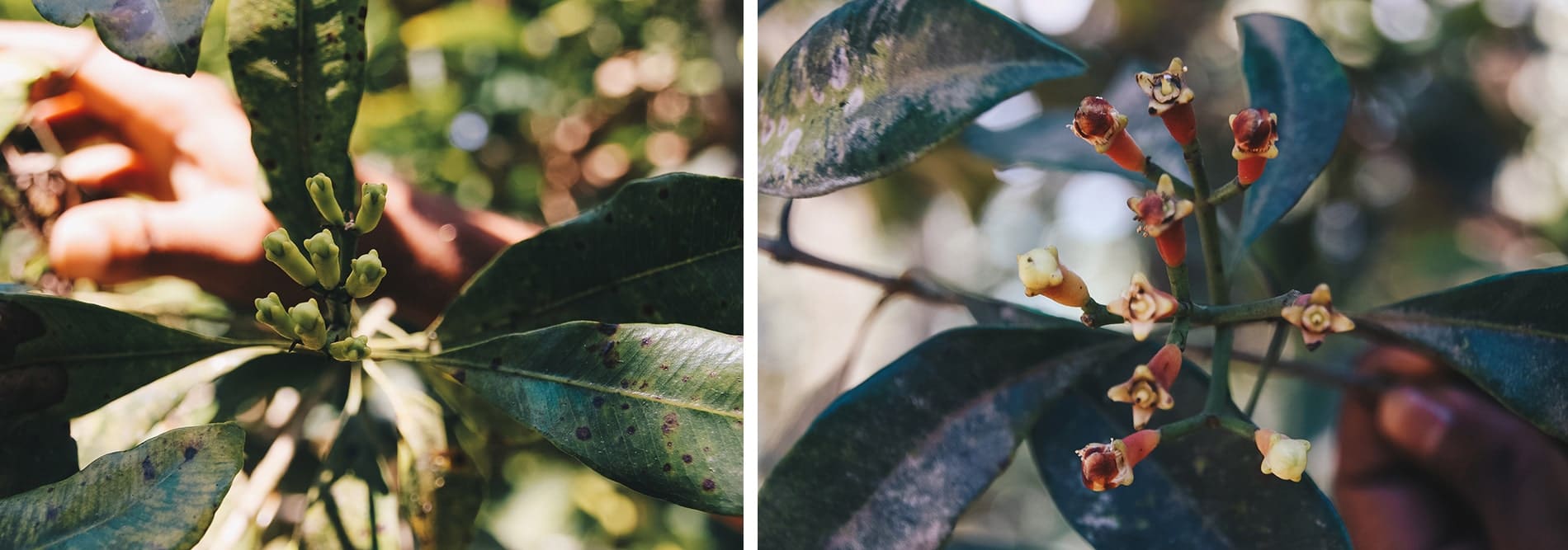
| CURRY LEAF
Before arriving in India, we thought we’d find curry in every sauce. By this I mean the yellow curry powder we find in supermarkets and which is the basis of many dishes in Indian restaurants. But that’s not the case: we’ve only found the curry leaf here, which is the leaf of a small shrub used to flavour many dishes. A real treat!
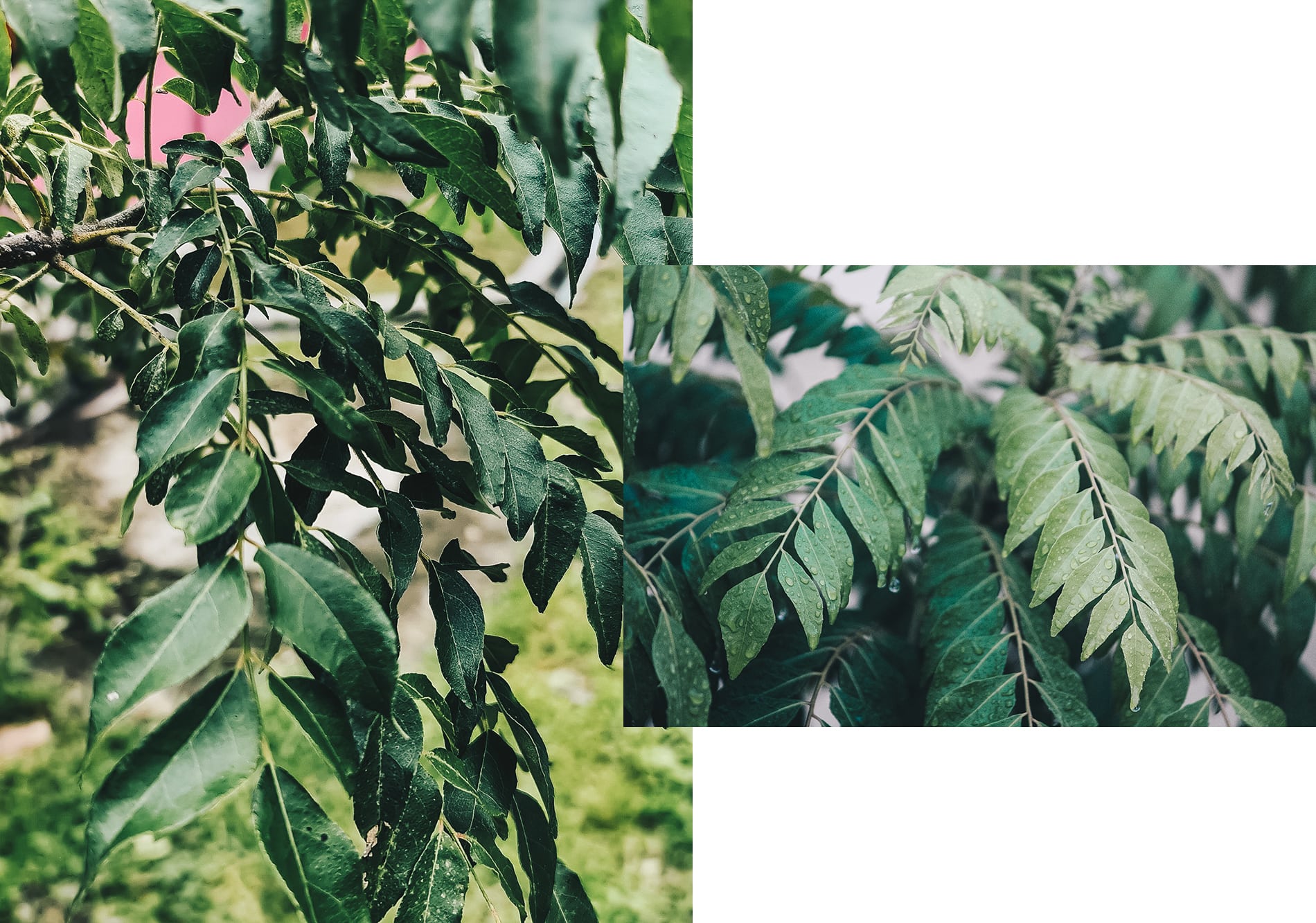
If you don’t know what to bring back from South India, we suggest you let yourself be tempted by these spices. It’s a great value as a gift, and a great keepsake for your kitchen.
Before you leave, don’t forget to read all our other articles on Kerala to help you prepare for your trip:
- 15-day itinerary in South India
- How to soothe your body with ayurveda
- Our tasty and spicy Indian recipes
- The practical guide to planning your trip
Please note that, as an accredited tailor-made travel designer, I can help you create your own personalized itinerary for your stay in India. Please send me an email at : contact@mademoiselle-voyage.fr

